Home>Garden Essentials>What Shoes Do You Use For Turf Grass
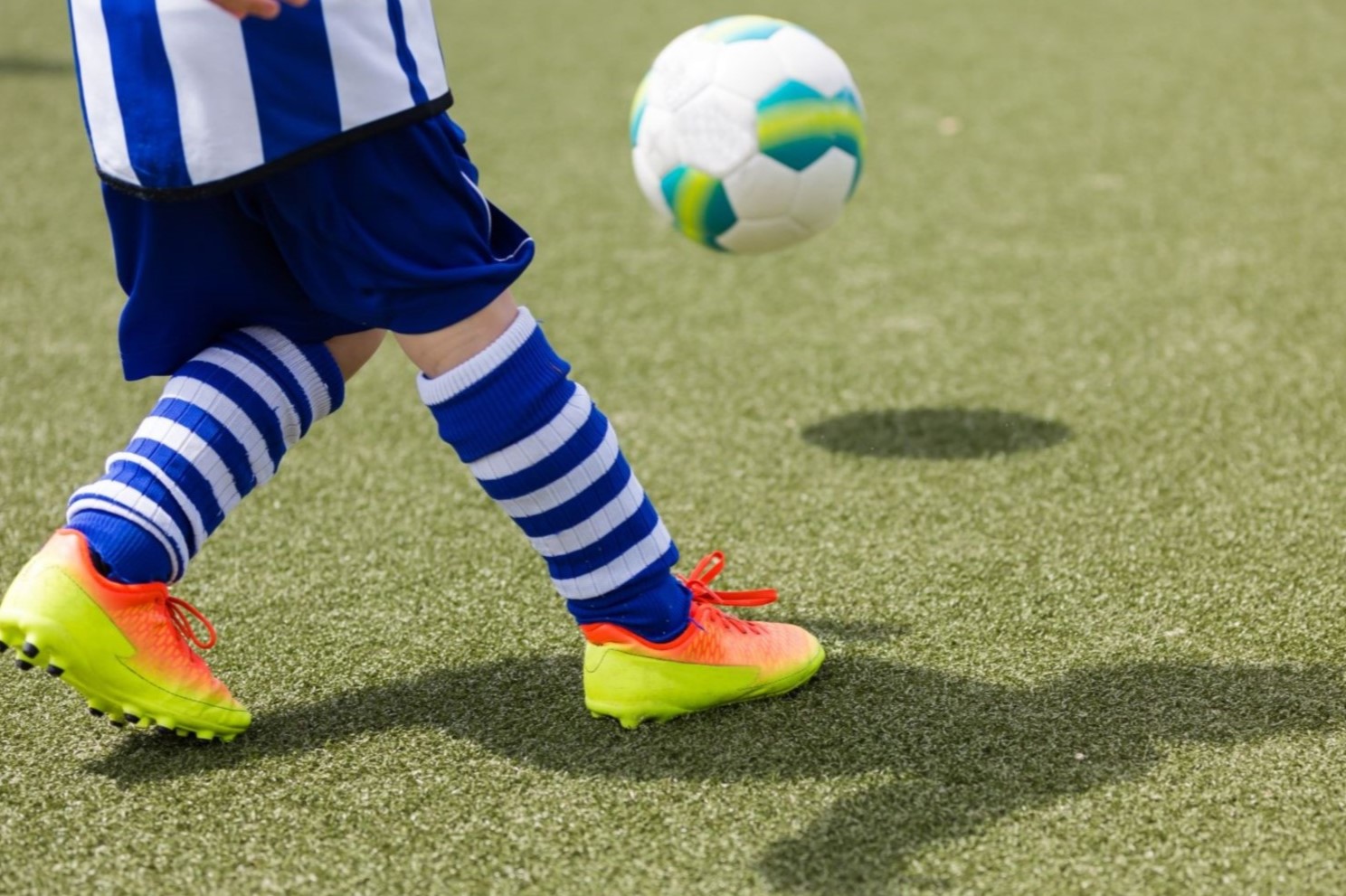

Garden Essentials
What Shoes Do You Use For Turf Grass
Modified: September 2, 2024
Looking for the perfect shoes for your garden on turf grass? Discover our top recommendations and step up your gardening game today.
(Many of the links in this article redirect to a specific reviewed product. Your purchase of these products through affiliate links helps to generate commission for Storables.com, at no extra cost. Learn more)
Introduction
When it comes to maintaining a healthy and beautiful lawn, the type of grass you choose plays a crucial role. One popular option is turf grass, which is known for its resilience, durability, and visually appealing appearance. Whether you have turf grass in your backyard, or you frequently play sports on turf fields, it’s important to consider the right footwear to ensure proper care and maintenance of the grass, as well as your own comfort and performance.
Having the appropriate shoes for turf grass can make a significant difference in your overall experience. Not only do they protect the grass from damage, but they also provide traction and support, allowing you to move effectively and comfortably on the surface. In this article, we will explore the different types of shoes suitable for turf grass and the important factors to consider when choosing the right footwear.
Before delving into the various types of shoes, let’s first understand what exactly turf grass is and why it is important to use proper footwear on this type of surface.
Key Takeaways:
- Choose the right shoes for turf grass to protect the grass, prevent slips, and enhance your performance in sports and activities. Consider factors like traction, stability, and durability when making your selection.
- Properly maintain your turf grass shoes by cleaning them after each use, allowing them to air dry, and storing them in a cool, dry place. Regular care ensures your shoes last longer and continue to provide support and protection.
Read more: Best Football Boots For Astro Turf
Understanding Turf Grass
Turf grass is a type of grass that is specifically grown and cultivated to create a dense, even, and uniform surface. It is commonly used in residential lawns, sports fields, golf courses, and parks. Turf grass provides a range of benefits, including its aesthetic appeal, durability, and ability to withstand heavy foot traffic.
One of the key characteristics of turf grass is its dense growth habit, which forms a thick mat of grass blades. This dense mat helps to prevent soil erosion and promote water conservation by reducing runoff. Additionally, turf grass requires regular maintenance and care, including watering, mowing, fertilizing, and aerating, to ensure its health and longevity.
When it comes to using turf grass for recreational or sports purposes, it is important to understand the specific needs and requirements of this type of grass. Turf grass is designed to withstand repetitive movements, such as running, walking, and playing sports, without becoming damaged or worn out. However, excessive use of improper footwear can cause harm to the turf grass, leading to uneven surfaces, bare patches, and reduced overall quality.
To ensure the longevity and performance of the turf grass, it is essential to use the appropriate footwear specifically designed for this purpose. By understanding the importance of proper footwear on turf grass, you can choose the right shoes that provide the necessary support, traction, and protection for both the grass and yourself.
Importance of Appropriate Footwear on Turf Grass
Using the right footwear on turf grass is essential for several reasons. Firstly, proper shoes help to minimize damage to the grass by providing adequate weight distribution and reducing the impact on the surface. Turf grass thrives on even and uniform growth, and excessive pressure or uneven distribution of weight can lead to compaction and damage to the grass roots.
Secondly, appropriate footwear enhances traction, preventing slips, slides, and falls on the surface. Turf grass can become slippery when wet, and wearing shoes with the right grip and traction can significantly reduce the risk of accidents, ensuring a safe playing or walking experience.
Furthermore, wearing the right shoes for turf grass maximizes performance during sports and activities. Proper footwear provides stability, support, and cushioning, enabling you to move with confidence and agility. Whether you’re playing soccer, golf, or any other sport on turf grass, the right shoes can enhance your speed, control, and overall comfort.
Choosing the wrong footwear, such as shoes with spikes or inappropriate sole patterns, can cause damage to the turf grass. Spikes can tear through the grass blades, create holes in the surface, and disrupt the even growth of the grass. Similarly, shoes with aggressive sole patterns designed for other terrains can cause excessive wear and tear on the grass, leading to bare spots and reduced aesthetic appeal.
Lastly, using the right shoes for turf grass promotes proper foot health and comfort. The right footwear provides adequate cushioning and arch support, preventing discomfort, strain, and potential foot injuries. Whether you’re engaging in intense sports or simply walking on the grass, wearing shoes that are well-fitted and supportive can make a significant difference in your overall foot and leg comfort.
In summary, using appropriate footwear on turf grass is crucial for preserving the integrity of the grass, preventing slips and falls, optimizing performance, and ensuring foot health and comfort. By investing in the right shoes, you not only enhance your own experience on the turf but also contribute to the longevity and beauty of the grass itself.
Factors to Consider When Choosing Shoes for Turf Grass
When selecting shoes for turf grass, there are several key factors to consider to ensure you make the right choice. Taking these factors into account will help you find footwear that provides optimal performance, comfort, and protection for both yourself and the turf grass. Here are some important factors to consider:
- Traction: Look for shoes that offer good traction on turf grass. The outsole should have a pattern that provides grip and prevents slipping, especially when the grass is wet. Opt for shoes with rubber or turf-specific outsoles that have small, multi-directional lugs for enhanced traction.
- Stability: Choose shoes that offer stability and support to prevent injuries. Look for shoes with reinforced midfoot and heel areas, as well as features like ankle collars or high-top designs for additional support and stability.
- Cushioning: Consider the level of cushioning in the shoes. Cushioning helps to absorb impact and reduce strain on your feet and joints, especially during high-impact activities. Look for shoes with ample cushioning in the midsole and heel areas.
- Flexibility: Opt for shoes that provide adequate flexibility to allow for natural movements of your feet. Too much rigidity can impede your performance and cause discomfort, while too much flexibility can compromise stability. Look for shoes with a balanced level of flexibility.
- Fit: Ensure that the shoes fit properly to maximize comfort and performance. Your toes should have enough room to wiggle, and the shoes should securely hug your feet without being too tight. Consider trying on different sizes and styles to find the best fit for your feet.
- Weight: Consider the weight of the shoes, especially if you are participating in sports or activities that require swift movements. Lighter shoes can provide better agility and maneuverability, while still providing the necessary support and protection.
- Durability: Look for shoes that are designed to withstand the demands of playing or walking on turf grass. The materials should be durable and resistant to wear and tear. Reinforced areas, such as the toe and heel, can provide added protection and increase the lifespan of the shoes.
- Breathability: Consider shoes that offer good breathability to keep your feet cool and comfortable, especially during hot weather or intense activities. Look for mesh or perforated upper materials that allow for proper airflow.
By considering these factors, you can make an informed decision and choose shoes that provide the necessary support, traction, comfort, and durability for turf grass activities. Remember that finding the right shoes is crucial for both your performance and the well-being of the turf grass.
Types of Shoes Suitable for Turf Grass
When it comes to choosing shoes for turf grass, there are several types of footwear that are suitable for different activities and sports. Each type of shoe is designed with specific features tailored to provide optimal performance and protection on turf grass. Here are some common types of shoes suitable for turf grass:
- Athletic Shoes: Athletic shoes, also known as trainers or running shoes, are versatile footwear options suitable for various activities on turf grass. They provide cushioning, support, and traction for walking, running, or engaging in general sports. Look for shoes with rubber outsoles that offer good grip and multidirectional patterns for enhanced traction.
- Soccer/Football Cleats: Soccer or football cleats are specifically designed for playing soccer or football on turf grass. These shoes feature studs or cleats on the outsole that provide excellent traction and grip, allowing players to make quick turns and sudden movements. Choose shoes with rubber or plastic studs for turf grass surfaces to prevent damage to the grass.
- Golf Shoes: Golf shoes designed for turf grass are essential for maintaining balance and stability during swings. These shoes often feature soft spikes or rubber nubs on the outsole to provide traction while preventing damage to the grass. Additionally, golf shoes offer good arch support and cushioning for long hours of walking on the golf course.
- Baseball/Softball Cleats: Cleats designed for baseball or softball games on turf grass provide necessary traction, support, and stability. These shoes come with rugged, plastic or rubber studs on the outsole that help players maintain grip and prevent slipping, enabling them to make quick movements on the field.
- Turf Shoes: Turf shoes are specifically designed for turf grass surfaces. They feature flat rubber outsoles that provide excellent traction and grip without causing damage to the grass. Turf shoes are often recommended for sports like lacrosse, field hockey, and training on turf fields.
Before purchasing any type of shoes, consider the specific requirements of your chosen activity on turf grass. Consult with sport-specific guidelines or experts to ensure you select the most suitable footwear for optimal performance and the well-being of the turf grass.
Remember, proper care and maintenance of your turf grass shoes are essential for their longevity and performance. Clean your shoes regularly, removing any dirt or debris, and let them properly dry after each use. Store them in a cool, dry place to prevent deterioration.
By choosing the right type of shoes for your specific activity on turf grass, you can enhance your performance, prevent injuries, and preserve the quality and beauty of the turf grass.
Read more: What Do You Put Under Astro Turf
Athletic Shoes for Turf Grass
Athletic shoes, also known as trainers or running shoes, are versatile footwear options suitable for a wide range of activities on turf grass. Whether you’re going for a jog, playing a casual game of catch, or engaging in general sports and recreational activities on turf grass, athletic shoes can provide the necessary support, cushioning, and traction for optimal performance and comfort.
When selecting athletic shoes for turf grass, consider the following factors:
- Traction: Look for shoes with rubber outsoles that offer good grip and multidirectional patterns. These features enhance traction and prevent slips, especially when the grass is wet or if you’re participating in high-intensity sports that require quick movements.
- Cushioning: Choose shoes with ample cushioning in the midsole and heel areas. Cushioning helps to absorb impact and reduce strain on your feet and joints, providing a comfortable and supportive experience during physical activities on turf grass.
- Support: Consider the level of support offered by the shoes. Look for shoes with reinforced midfoot and heel areas. Features like ankle collars or high-top designs can provide additional support and stability during sports activities.
- Flexibility: Opt for shoes that offer a good balance between flexibility and structure. The shoes should provide enough flexibility to allow for the natural movements of your feet, while still providing support and stability during dynamic activities.
- Fit: Ensure that the shoes fit properly, allowing your toes enough room to wiggle while securely hugging your feet without being too tight. Consider trying on different sizes and styles to find the best fit for your feet.
- Weight: Consider the weight of the shoes, especially if you engage in activities that require swift movements. Lighter shoes can provide better agility and maneuverability without sacrificing support or protection.
- Durability: Look for shoes made of durable materials that can withstand the demands of playing sports or engaging in physical activities on turf grass. The shoes should be resistant to wear and tear, ensuring they will last through repeated use.
Athletic shoes designed for turf grass need to strike a balance between performance, comfort, and minimizing impact on the grass itself. Ensure that the outsole pattern is suitable for turf grass surfaces, avoiding aggressive sole patterns that can cause damage to the grass.
Proper care and maintenance of your athletic shoes for turf grass are essential to prolong their lifespan. Clean the shoes regularly, removing any dirt or debris, and let them air dry after each use. Store them in a cool, dry place to prevent deterioration.
By choosing the right athletic shoes that meet the above criteria, you can enhance your performance, prevent potential injuries, and ensure optimal comfort and enjoyment during activities on turf grass.
When playing on turf grass, it’s best to use shoes with rubber cleats or turf soles to provide traction and stability without damaging the surface. Avoid using shoes with metal spikes as they can cause damage to the turf.
Soccer/Football Cleats for Turf Grass
When it comes to playing soccer or football on turf grass, having the right footwear is essential for performance, stability, and overall safety. Soccer/football cleats are specially designed shoes that provide excellent traction and grip on turf grass surfaces, allowing players to make quick turns, sudden movements, and maintain their balance effectively.
When choosing soccer/football cleats for turf grass, consider the following factors:
- Studs: Look for shoes with studs or cleats on the outsole. These studs offer enhanced traction and grip on the turf grass, allowing players to confidently move without slipping. Choose shoes with rubber or plastic studs specifically designed for turf grass surfaces, as metal studs are not suitable and can cause damage to the grass.
- Configuration and Length: Consider the configuration and length of the studs. Studs that are evenly distributed and have multidirectional patterns provide optimal grip and maneuverability on the turf surface. The length of the studs depends on personal preference and playing conditions. Longer studs may provide better traction on wet or softer turf, while shorter studs are suitable for drier and firmer turf.
- Sole Material: Look for shoes with durable rubber or synthetic outsoles that can withstand the demands of playing on turf grass. The outsoles should provide flexibility, allowing for natural foot movements while maintaining stability and support.
- Fit and Comfort: Ensure that the soccer/football cleats fit properly, providing a snug yet comfortable fit. The shoes should securely hold your feet and allow for natural movements without being too tight. Consider trying on different sizes and brands to find the best fit for your feet.
- Support: Look for shoes that offer sufficient support, especially in the midfoot and heel areas. This support provides stability and reduces the risk of injuries during intense game situations.
- Weight: Choose cleats that are lightweight to allow for agility and quick movements. Lighter cleats can improve your speed and enable better ball control without compromising support and protection.
- Durability: Consider the durability of the cleats. Look for shoes made of high-quality materials that can withstand the rigors of playing sports on turf grass. Reinforced areas, such as the toe and heel, can provide added protection and increase the lifespan of the cleats.
Proper care and maintenance of soccer/football cleats for turf grass are essential to ensure their longevity. Clean the shoes after each use, removing any dirt or debris, and let them air dry to prevent odor and deterioration. Store them in a cool, dry place to maintain their shape and condition.
By selecting the appropriate soccer/football cleats designed for turf grass, you can optimize your performance on the field, minimize the risk of slipping or losing traction, and preserve the quality and integrity of the turf grass surface.
Golf Shoes for Turf Grass
When it comes to playing golf on turf grass, having the right footwear is crucial for stability, traction, and overall performance. Golf shoes specifically designed for turf grass provide the necessary support, comfort, and grip to navigate the golf course while ensuring minimal impact on the grass itself.
When selecting golf shoes for turf grass, consider the following factors:
- Spikes or Nubs: Golf shoes for turf grass typically feature soft spikes or rubber nubs on the outsole. These spikes/nubs provide excellent traction and grip on the turf surface, allowing golfers to maintain balance and stability during swings and walks on the course. Ensure that the spikes/nubs are specifically designed for turf grass to avoid damaging the grass.
- Comfort and Fit: Opt for golf shoes that offer a comfortable fit. The shoes should provide ample cushioning and support to reduce fatigue and foot discomfort during long hours on the golf course. Look for shoes with features such as padded collars, cushioned insoles, and breathable materials for enhanced comfort.
- Water Resistance: Consider golf shoes with water-resistant or waterproof features. This is particularly important if you frequently golf in wet or damp conditions. Water-resistant shoes help keep your feet dry and comfortable throughout your round, ensuring a more pleasant golfing experience.
- Stability and Support: Look for golf shoes that offer stability and support, especially in the midfoot area. Shoes with reinforced midsoles and arch support provide better stability during swings and prevent excessive foot movement. This stability translates to improved control and accuracy in your golf shots.
- Traction and Durability: Ensure that the golf shoes have durable outsoles that can withstand the demands of frequent golfing on turf grass. The outsoles should provide excellent traction without causing damage to the grass. Look for shoes made from high-quality materials that can withstand the rigors of golfing.
- Breathability: Consider golf shoes with good breathability to keep your feet cool and dry, especially during hot weather. Look for shoes with mesh panels or ventilation features that allow for proper airflow, preventing excessive sweating and discomfort.
Proper care and maintenance of your golf shoes are essential to prolong their lifespan. Clean the shoes after each round, removing any dirt or grass clippings, and let them air dry. Use a soft brush to remove any stubborn dirt or stains. Store them in a cool, dry place to prevent deterioration.
By choosing the right golf shoes designed specifically for turf grass, you can enhance your stability, traction, and overall performance on the golf course while ensuring that the turf grass remains in optimal condition.
Baseball/Softball Cleats for Turf Grass
When it comes to playing baseball or softball on turf grass surfaces, having the right footwear is essential for performance, traction, and overall safety. Baseball/softball cleats designed for turf grass provide the necessary grip, stability, and support to excel in these sports while minimizing damage to the grass.
When selecting baseball/softball cleats for turf grass, consider the following factors:
- Studs or Cleats: Look for shoes with molded rubber or plastic studs on the outsole. These studs provide excellent traction and grip on the turf grass, allowing players to make quick movements, turns, and stops without slipping. Select cleats specifically designed for turf grass to ensure optimal performance and prevent damage to the grass.
- Stud Configuration and Length: Consider the configuration and length of the studs. Cleats with multidirectional patterns and evenly spaced studs offer the best traction on the turf surface. The length of the studs depends on personal preference and playing conditions. Longer studs may provide better traction on softer turf, while shorter studs are suitable for firmer surfaces.
- Sole Material: Look for shoes with durable rubber or synthetic outsoles that can withstand the demands of playing sports on turf grass. The outsoles should provide flexibility, allowing for natural foot movements while maintaining stability and support.
- Fit and Comfort: Ensure that the baseball/softball cleats fit properly, providing a snug yet comfortable fit. The shoes should securely hold your feet and allow for natural movements without being too tight. Consider trying on different sizes and brands to find the best fit for your feet.
- Support: Look for shoes that offer sufficient support, especially in the midfoot and heel areas. This support provides stability and helps reduce the risk of injuries during intense game situations like running the bases or fielding ground balls.
- Weight: Choose cleats that are lightweight to allow for agility and quick movements on the field. Lighter cleats can improve your speed and enable better performance without sacrificing support or protection.
- Durability: Consider the durability of the cleats. Look for shoes made of high-quality materials that can withstand the rigors of playing sports on turf grass. Reinforced areas like the toe and heel can provide added protection and increase the lifespan of the cleats.
Proper care and maintenance of your baseball/softball cleats for turf grass are essential to ensure their longevity. Clean the shoes after each game or practice, removing any dirt or debris and letting them air dry. Storage in a cool, dry place will help maintain their shape and condition.
By choosing the right baseball/softball cleats designed specifically for turf grass, you can optimize your performance on the field, minimize the risk of slipping or losing traction, and preserve the quality and integrity of the turf grass surface.
Read more: What Do You Put Under Turf Grass
Maintenance and Care of Turf Grass Shoes
Proper maintenance and care of your turf grass shoes are essential to ensure their longevity and optimal performance. Regular maintenance not only helps extend the lifespan of the shoes but also keeps them in good condition, ensuring they provide the necessary support, traction, and protection for both yourself and the turf grass. Here are some tips for maintaining and caring for your turf grass shoes:
- Clean after each use: After each use, clean your shoes to remove any dirt, grass, or debris. Use a soft brush or a damp cloth to gently scrub the shoes, paying attention to the outsoles and the upper materials. This will help prevent buildup and maintain the quality of the shoes.
- Dry properly: After cleaning, allow your turf grass shoes to air dry naturally. Do not expose them to direct sunlight or use any heat sources, as this can cause damage to the materials. In case the shoes are wet, stuff them with newspaper or paper towels to absorb excess moisture.
- Store in a proper place: When not in use, store your turf grass shoes in a cool, dry place. Avoid placing them in airtight containers or plastic bags, as this can promote the growth of mold and mildew. Instead, use a shoe rack or a ventilated area to allow proper air circulation.
- Rotate your shoes: If you frequently play sports or engage in activities on turf grass, consider rotating between two or more pairs of turf grass shoes. This allows each pair to fully dry out and recover between uses, helping to prolong their lifespan.
- Inspect for damage: Regularly inspect your turf grass shoes for any signs of damage, such as tears, loose stitching, or worn-out parts. If you notice any issues, address them promptly. Repair or replace the shoes as needed to ensure they continue to provide the necessary support and protection.
- Avoid using the shoes for other surfaces: To maintain the traction and longevity of your turf grass shoes, avoid wearing them on surfaces other than turf grass. Using them on hard surfaces like concrete or asphalt can cause excessive wear and tear on the outsoles and alter the shoe’s performance on turf grass.
- Follow manufacturer’s guidelines: Read and follow any specific care instructions provided by the manufacturer. Different shoe materials may have different care requirements. Following the guidelines can help preserve the integrity and performance of your turf grass shoes.
By taking proper care of your turf grass shoes, you can maximize their lifespan and ensure they continue to provide the necessary support, traction, and protection. Regular cleaning, proper drying, appropriate storage, and timely repairs are all important aspects of maintaining your turf grass shoes in optimal condition.
Conclusion
Choosing the right shoes for turf grass is crucial for maintaining the health and beauty of the grass, as well as ensuring your own comfort and performance. Whether you’re playing sports, engaging in recreational activities, or simply walking on turf grass, wearing appropriate footwear can make a significant difference in your overall experience.
Understanding the unique characteristics of turf grass and its requirements is essential when selecting the right shoes. Consider factors such as traction, stability, cushioning, fit, weight, and durability to ensure you make an informed decision. Different types of shoes, such as athletic shoes, soccer/football cleats, golf shoes, and baseball/softball cleats, offer specific features tailored for turf grass surfaces and various activities.
In addition to choosing the appropriate shoes, it’s important to maintain and care for them properly. Regular cleaning, proper drying, appropriate storage, and addressing any damage are all essential to prolong the lifespan of your turf grass shoes and maintain their performance.
By selecting the right shoes and giving them the attention they deserve, you can enhance your performance, prevent injuries, and contribute to the preservation of the turf grass. Remember, the right shoes not only benefit you but also play a role in maintaining the quality and longevity of the turf grass itself.
So whether you’re playing sports, enjoying leisure activities, or simply taking a walk on turf grass, invest in the proper footwear and take care of your shoes. Your feet, the grass, and your overall experience will thank you.
Frequently Asked Questions about What Shoes Do You Use For Turf Grass
Was this page helpful?
At Storables.com, we guarantee accurate and reliable information. Our content, validated by Expert Board Contributors, is crafted following stringent Editorial Policies. We're committed to providing you with well-researched, expert-backed insights for all your informational needs.
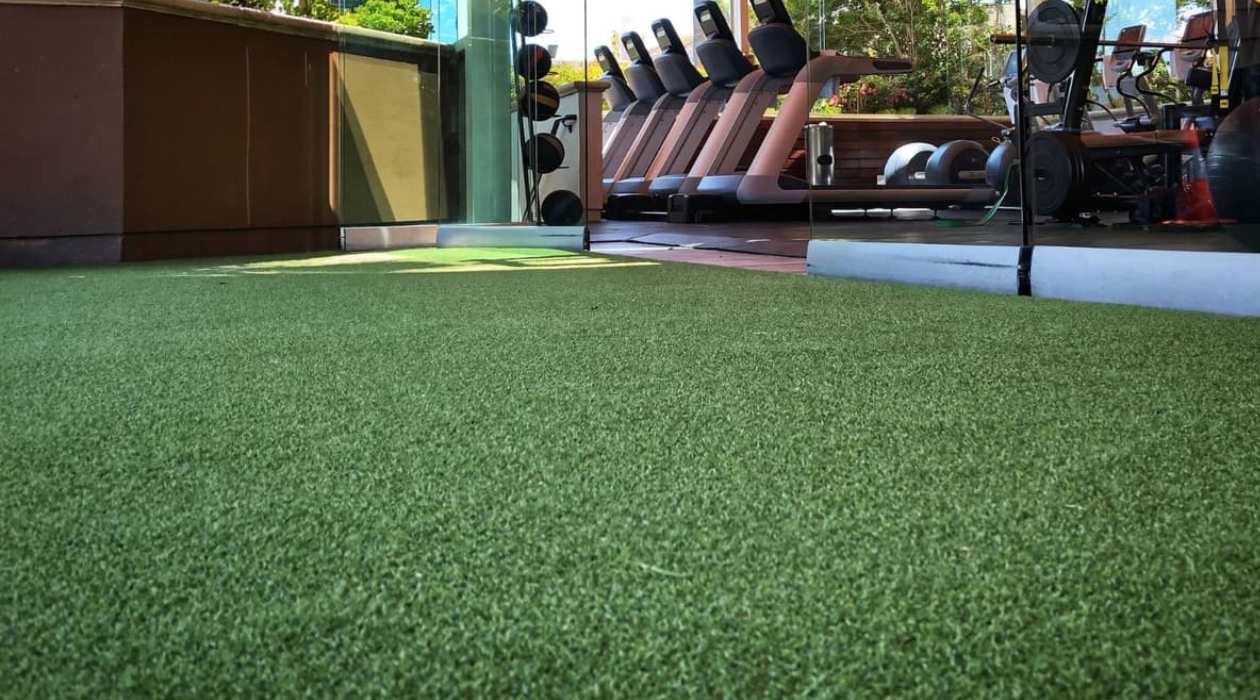
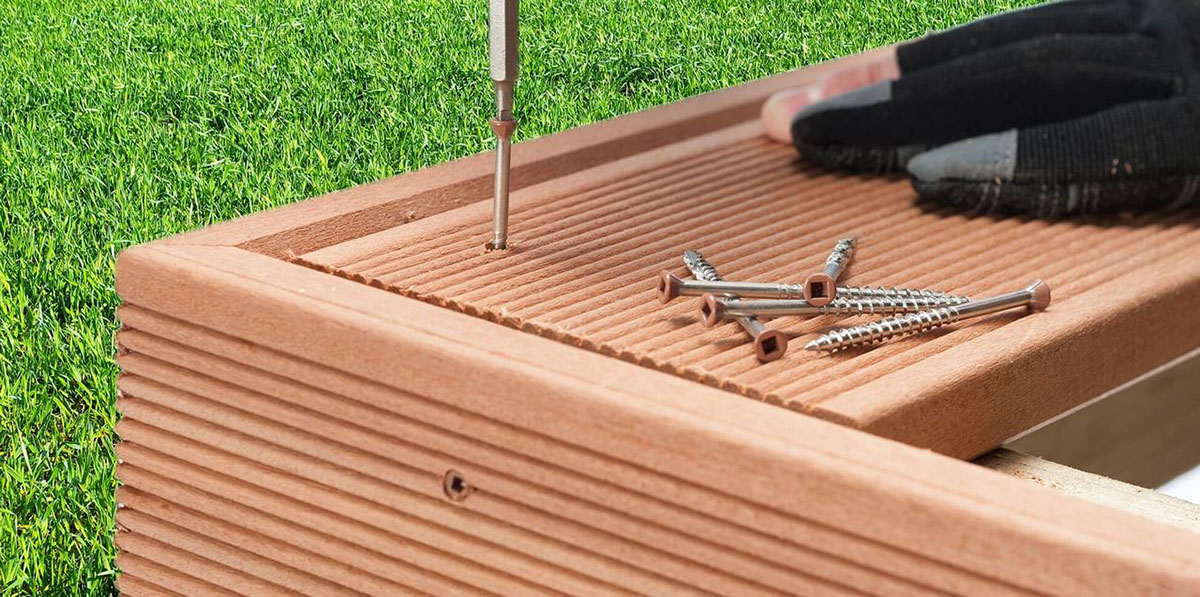
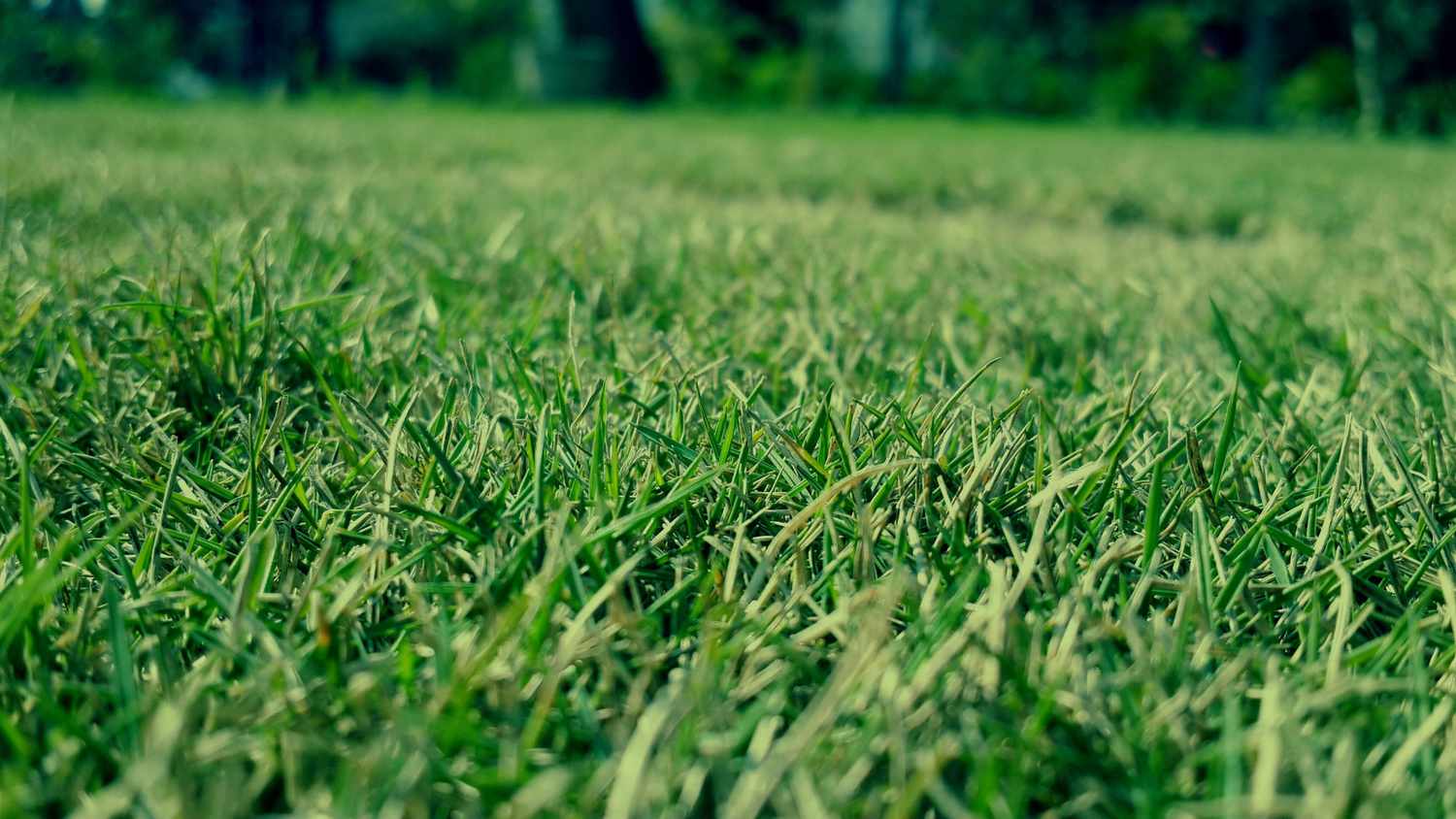
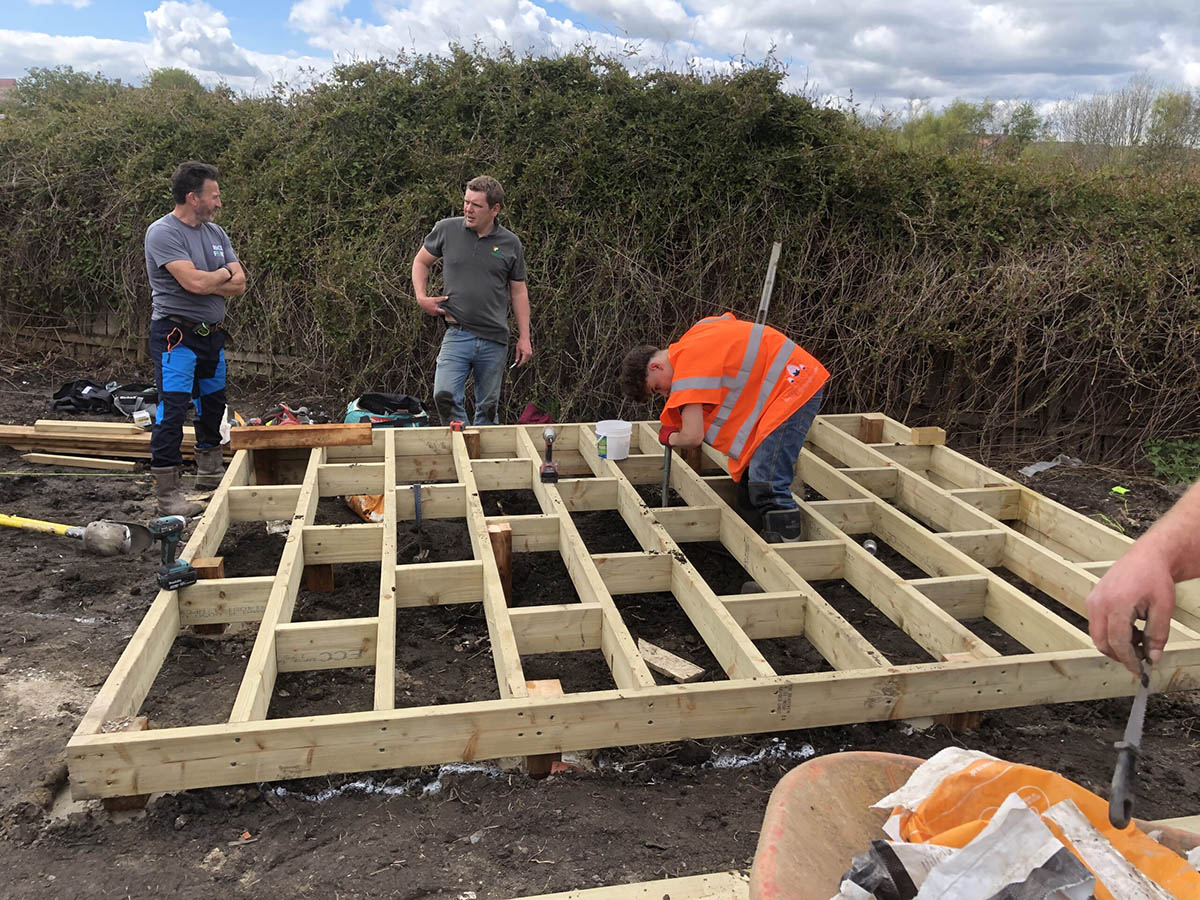
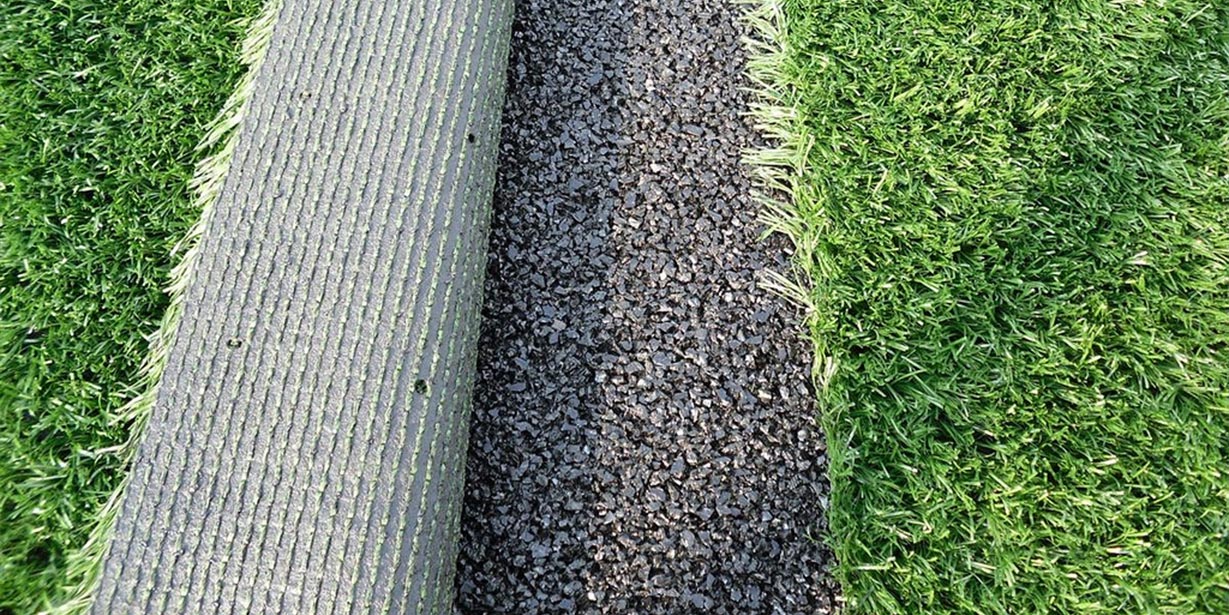
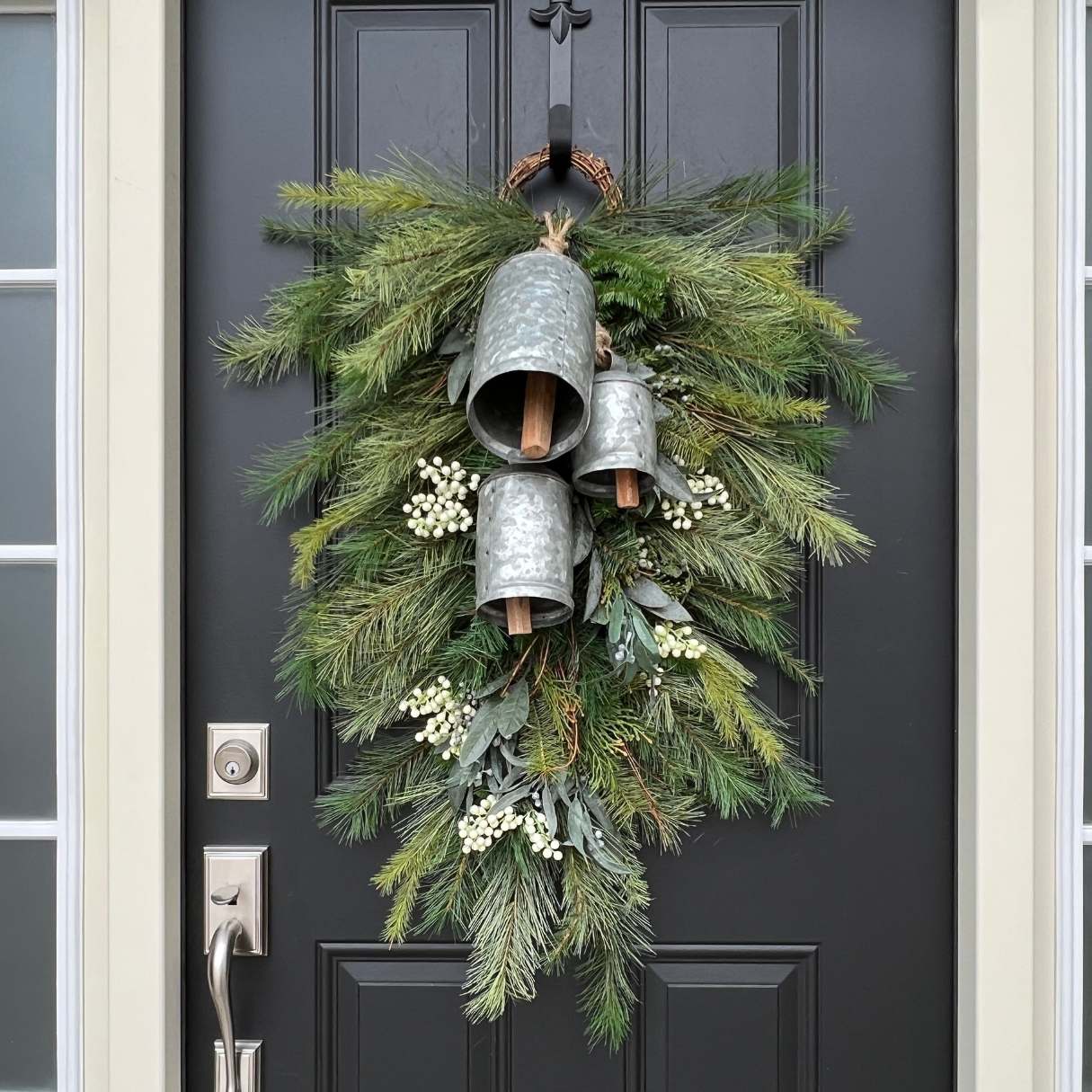
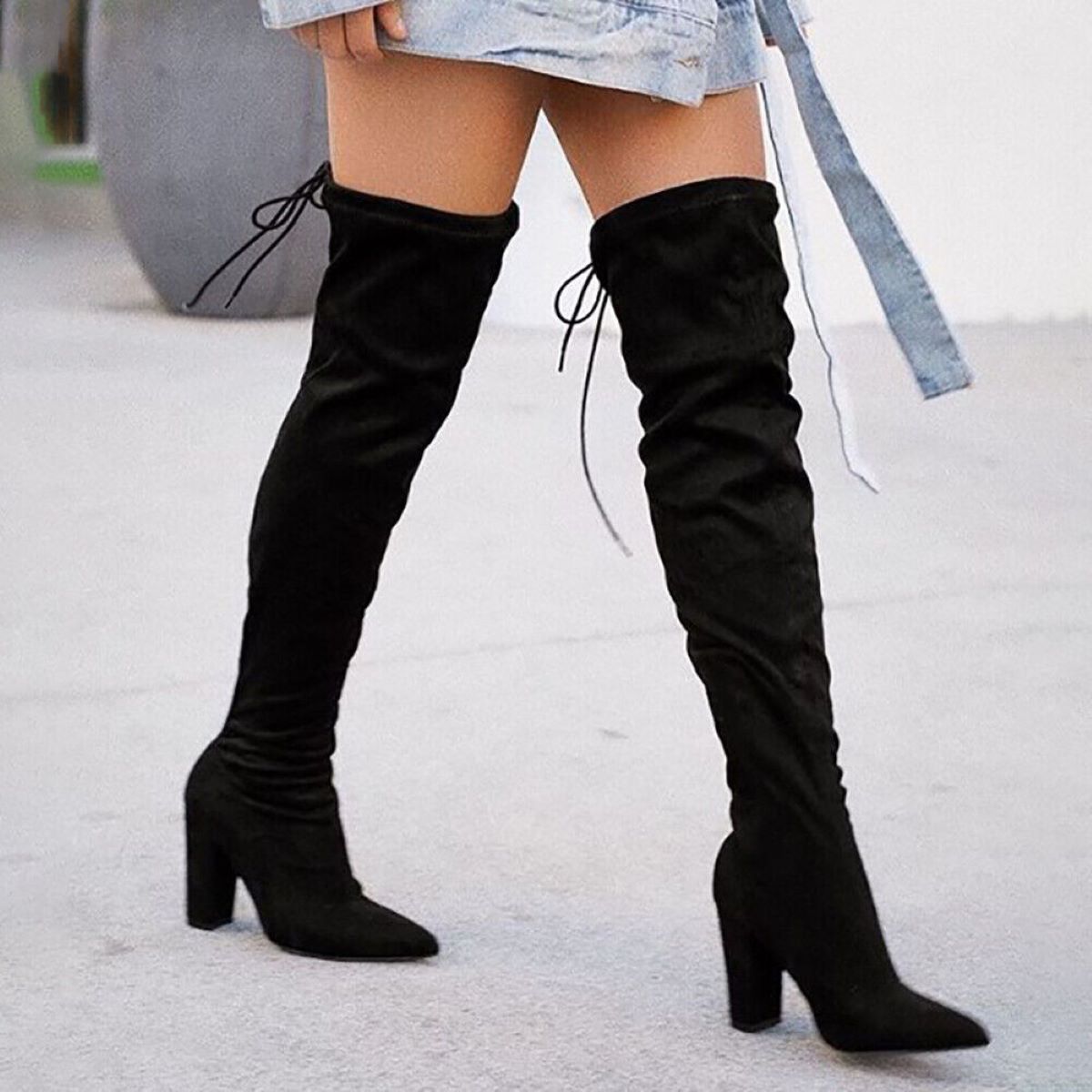
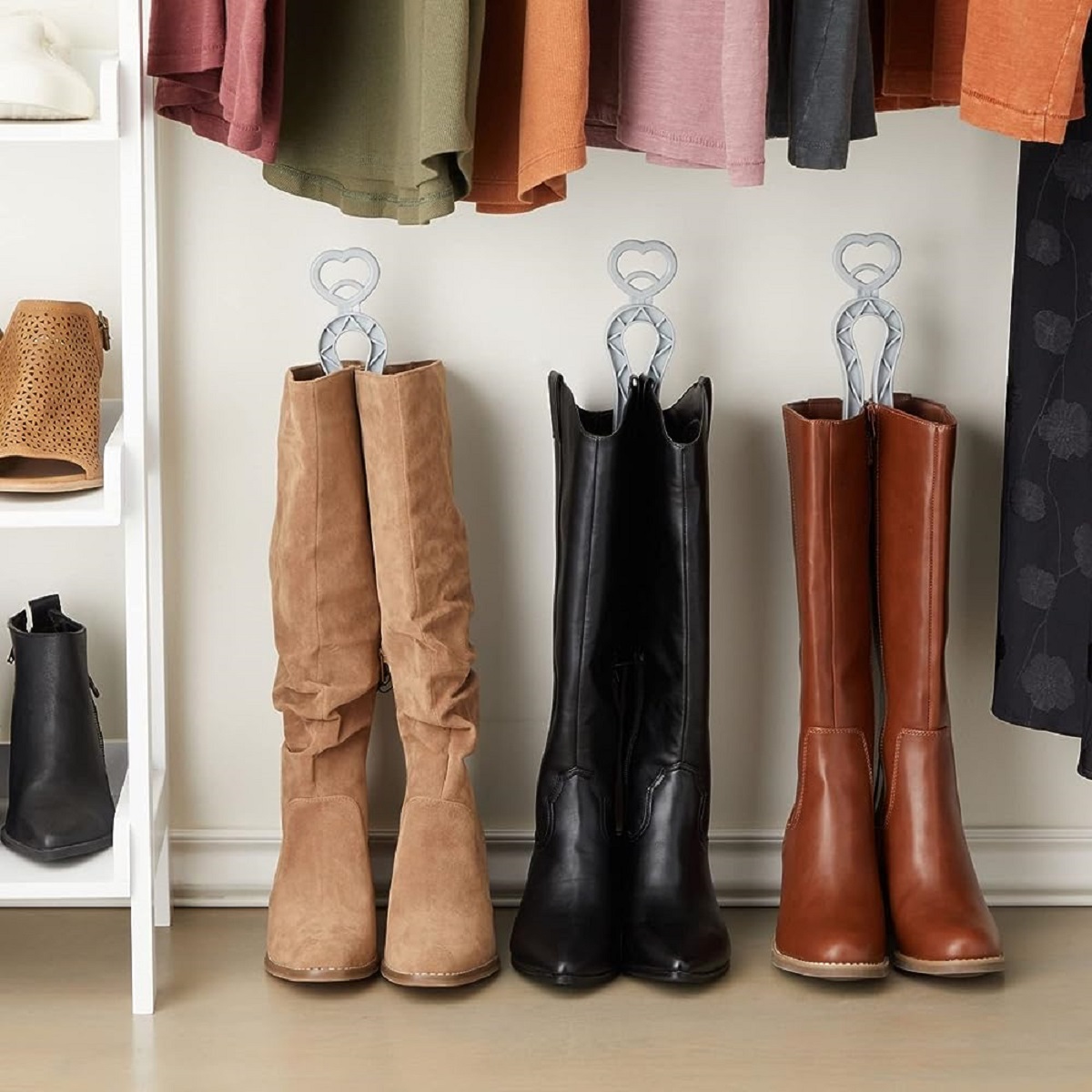
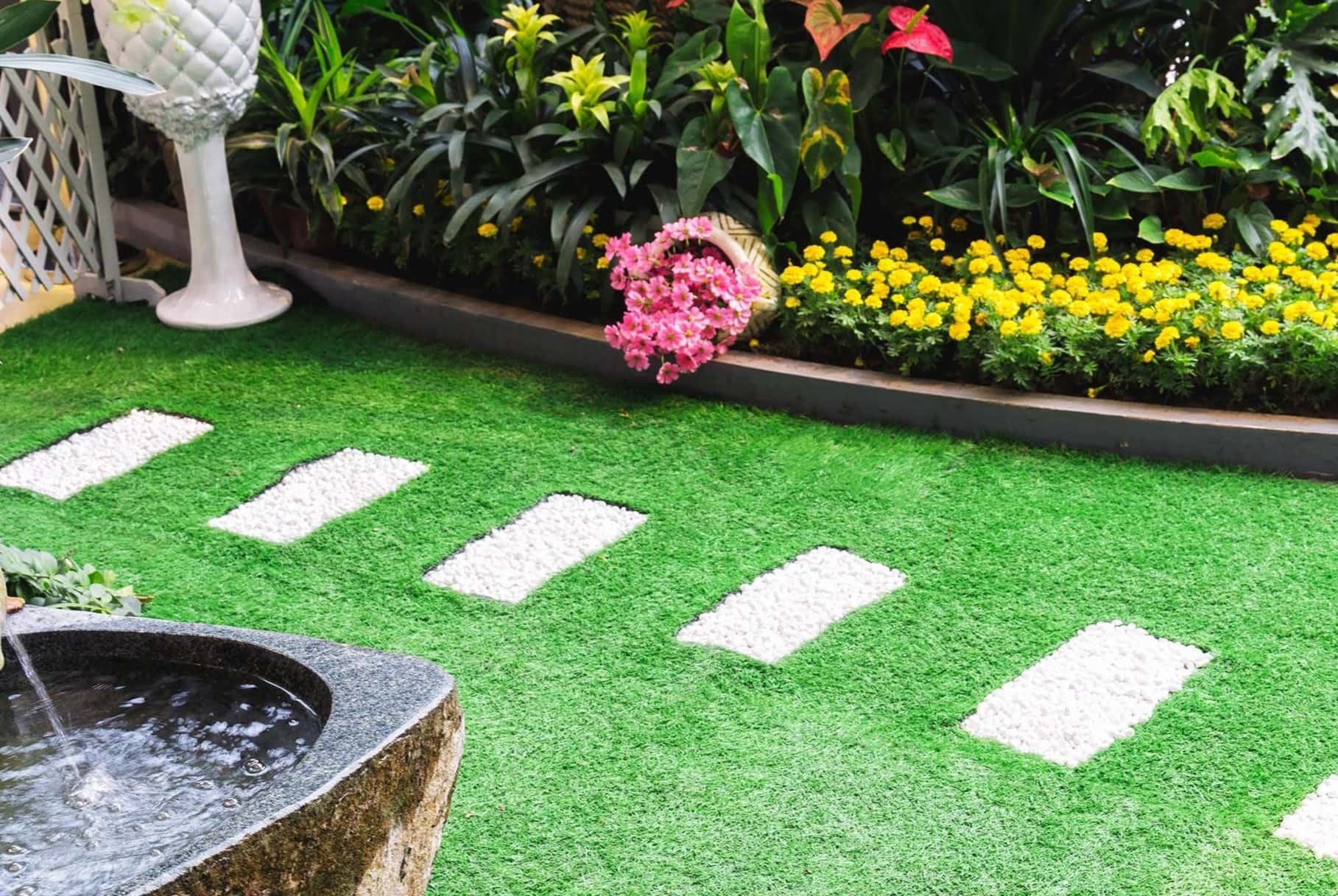
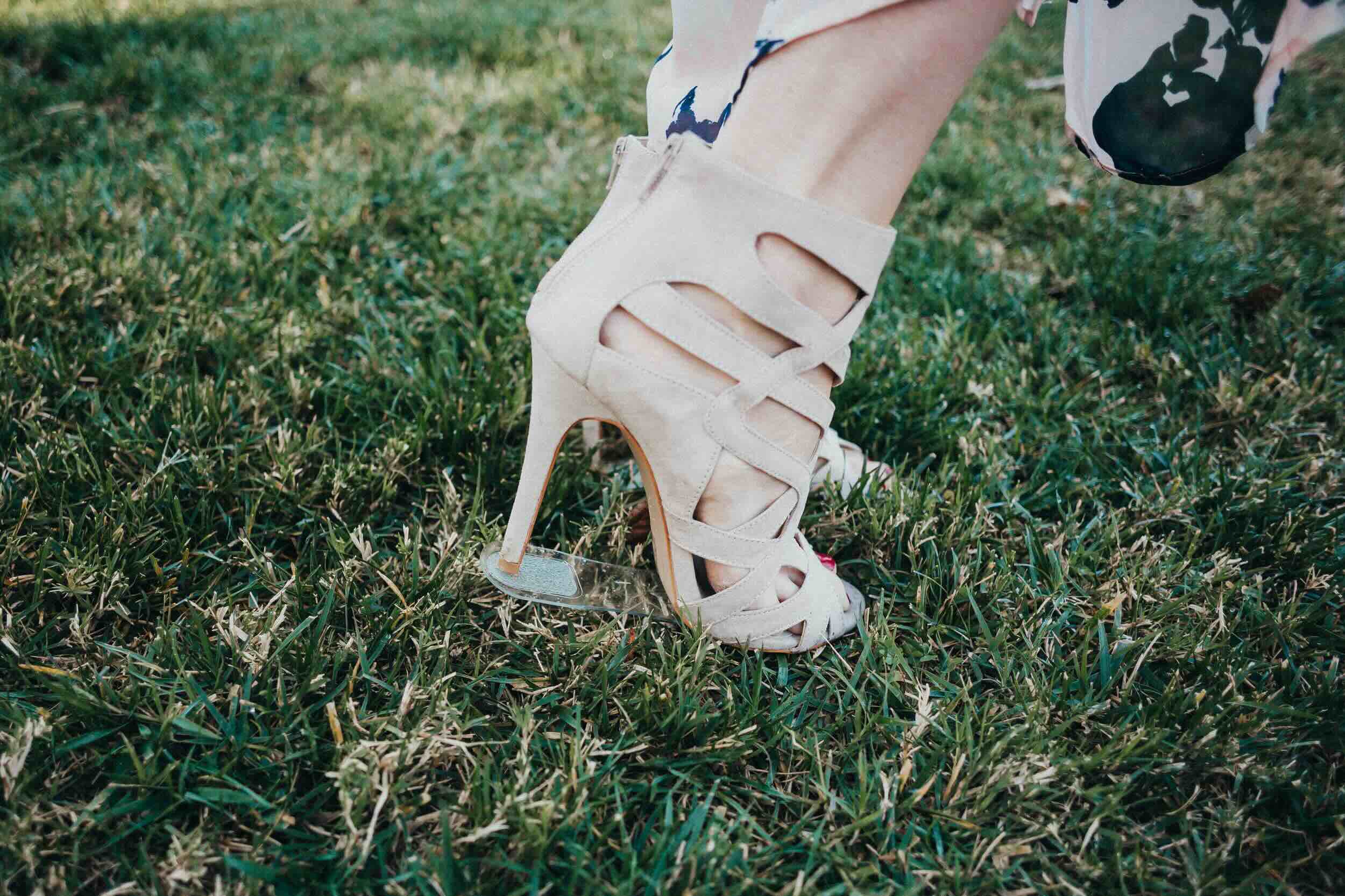
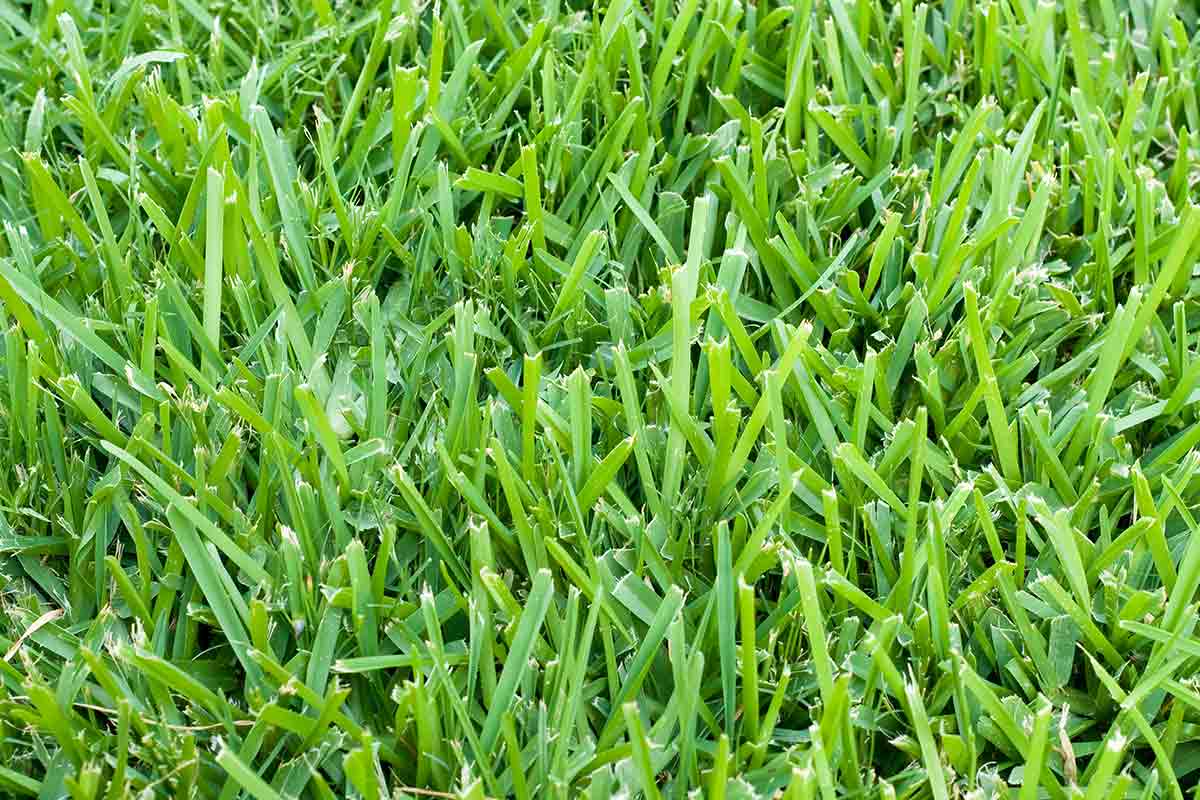

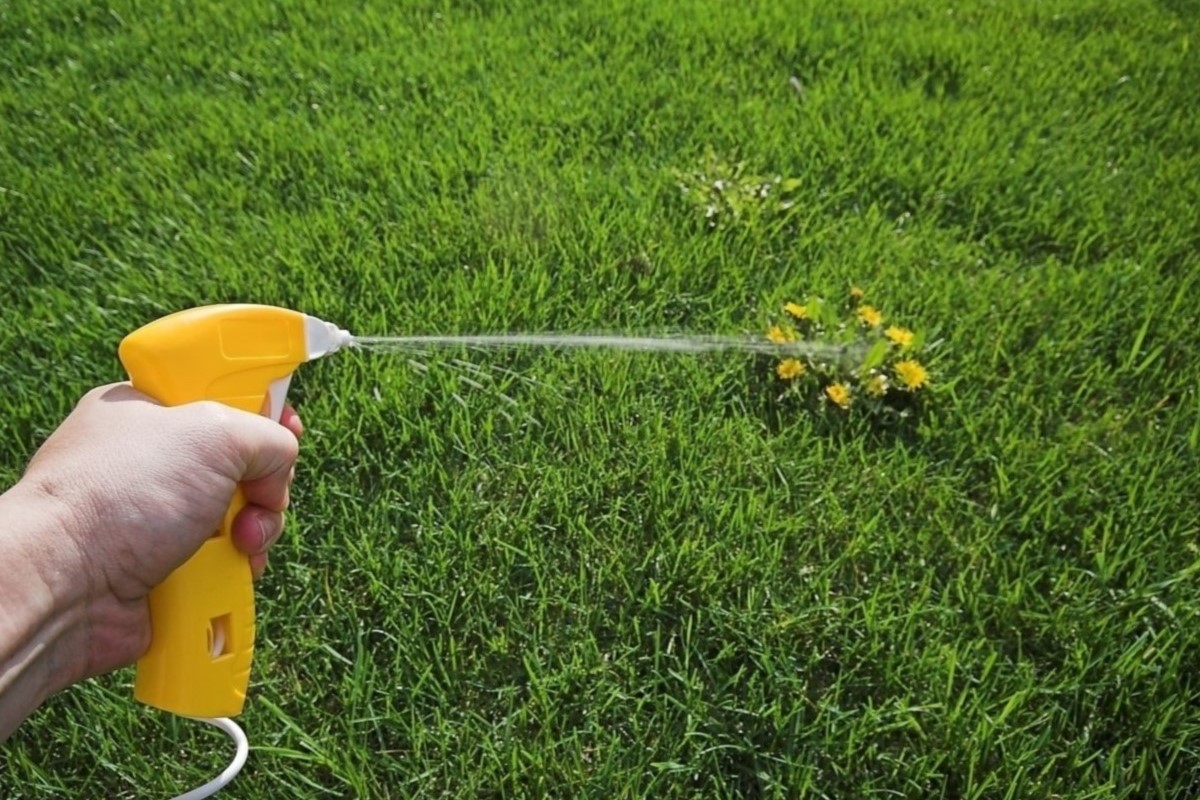

0 thoughts on “What Shoes Do You Use For Turf Grass”